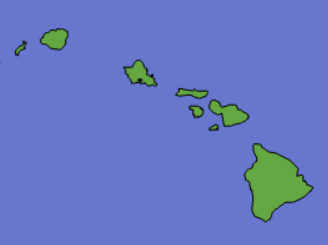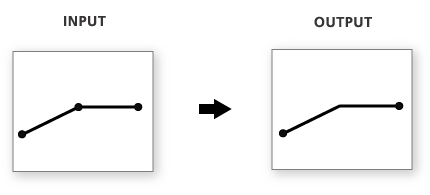Use the Dissolve tool when you want to aggregate features based on a specified attribute or attributes. For example, you could take a feature class containing sales data collected on a county-by-county basis and use Dissolve to create a feature class containing contiguous sales regions based on the name of the salesperson in each county. Dissolve creates the sales regions by removing the boundaries between counties represented by the same salesperson.

Dissolve fields
Features with the same value combinations for the specified fields will be aggregated (dissolved) into a single feature. The Dissolve Fields are written to the Output Feature Class.
Multipart features
Dissolve may result in multipart features being created. A multipart feature is a single feature that contains noncontiguous elements and is represented in the attribute table as one record. The state of Hawaii is a common example of a feature represented as a multipart feature.
Summarizing attributes
As part of the dissolve process, the aggregated features can also include summaries of any of the attributes present in the input features. For instance, the revenue generated in the counties making up each sales region could be summed to give the total revenue for each sales region.
Unsplitting lines and merging two lines at their common endpoint
The Unsplit lines parameter can be used to remove endpoints that are common to only two lines and merge the two lines into one continuous line. A common endpoint shared by no more than two lines is also known as a pseudo node.
